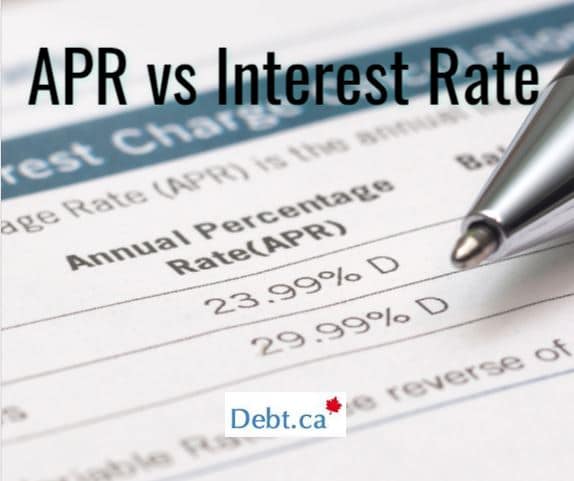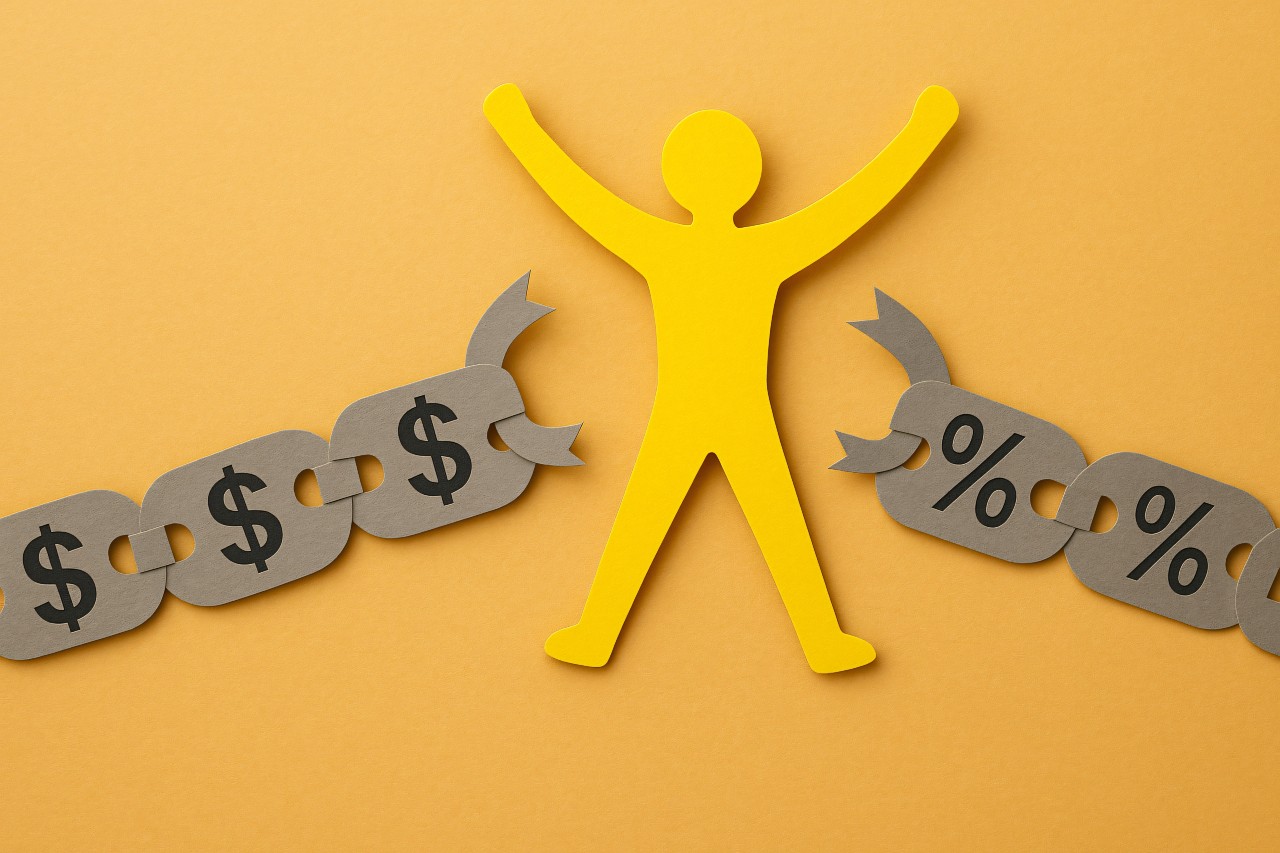At some point in life, most individuals rely on financing or credit. Certain life goals, such as buying a house or a car, are too expensive to fulfill without help. Financing and credit come in many shapes and sizes. For example, credit cards, lines of credit, loans, mortgages and car loans.
The catch to using financing is that there is a cost. An annual percentage rate (APR) or interest rate communicates what you will have to pay to use credit. Let’s explore the similarities and differences between these two rates below.
What is an interest rate?
Interest is what a lender charges you to borrow money. It’s expressed as a percentage. Interest rates only express the cost of financing. They do not capture other fees related to financing.
Interest rates fluctuate depending on inflation, the market, worldwide events and financial crises. Rates can also vary depending on the lender you work with and the financing product you want.
Financing products can have either fixed or variable rates. Fixed rates stay the same for the entire term. Variable rates fluctuate based on an external benchmark. Sometimes you get a choice between fixed and variable rates, such as with mortgages. Other times, the rate will be either fixed or variable.
Interest rates also vary for individuals based on their personal scenarios. Lenders are likely to offer favourable interest rates to individuals with strong finances. This includes high credit scores, low outstanding debt, and stable income. These attributes often indicate lower risk in lending.
What is an APR?
APR stands for annual percentage rate. An APR is your interest rate plus any other costs you incur through your financing journey. In other words, an APR represents the total cost of the debt.
Apart from the interest rate, APRs may capture the following costs:
- Discount points
- Late fees
- Administrative fees
In Canada, lenders are legally required to disclose the APR. The legal limit for APRs in Canada is 60%. If you are working with a lender and can’t find the APR, ask for it.
APR vs interest rate
APR and interest rates are often seen as interchangeable, but that is not correct. An APR is higher or equal to an interest rate since the APR includes all other costs plus interest. Knowing the APR of a loan product gives you a better idea of how much it costs than knowing only the interest rate.
Tips for calculating the cost of financing
Always ask a lender what the APR is before committing to financing. If you only know the interest rate, you might end up with unexpected financing costs.
You can calculate the APR by following these steps:
- Take the value of any fees associated with a loan and add it to your total amount of interest paid throughout the life of the loan.
- Divide the sum of the above by the loan amount.
- Divide that total by the number of days in the life of the loan.
- Multiply that number by 365
- Multiply again by 100 to convert to a percentage.
Frequently asked questions
Is it better to have a lower interest rate or lower APR?
An APR cannot be lower than an interest rate. This is because an APR captures the cost of financing plus any other fees.
A low-interest rate with a high APR communicates ample hidden fees. Interest and the length of the term communicate a lot about the cost too. Longer terms often have a higher interest cost.
For these reasons, the best way to make a decision is to calculate the actual interest cost. From there, you can compare your financing options and choose the one with the lowest price.
Can you negotiate interest rates and APRs?
You can definitely negotiate the interest rates. Although, fees may be harder to negotiate.
Keep in mind that effective negotiation with lenders requires bargaining chips. You can offer an improved credit score, collateral or competitive rates from other lenders.
What is a good APR for a mortgage?
APRs vary with different products. While a 16% APR is standard for a credit card, that doesn’t mean it’s a good APR for a mortgage. A good APR for a mortgage should not be more than 5% higher than the interest rate, around 4-6%.
Does 0 APR mean no interest?
Technically, a 0 APR means no interest and no fees. However, it’s important to note that no financial product includes a 0 APR for the entire course of the loan. For example, many credit card companies offer promotional 0 APR for periods of 6 to 18 months. Once this period is over, interest and fees apply. Keep in mind that with a 0 APR people still need to make payments. But they won’t have to pay interest fees until the promotional period is over.
Final thoughts
Financing is sometimes necessary but comes with a cost. It is important to consider the APR when comparing loan products, not just the interest rate. By understanding the cost of financing, you can make a more informed decision. If you are comparing financial products and want to know how much you will need to pay, use one of our debt calculators.









